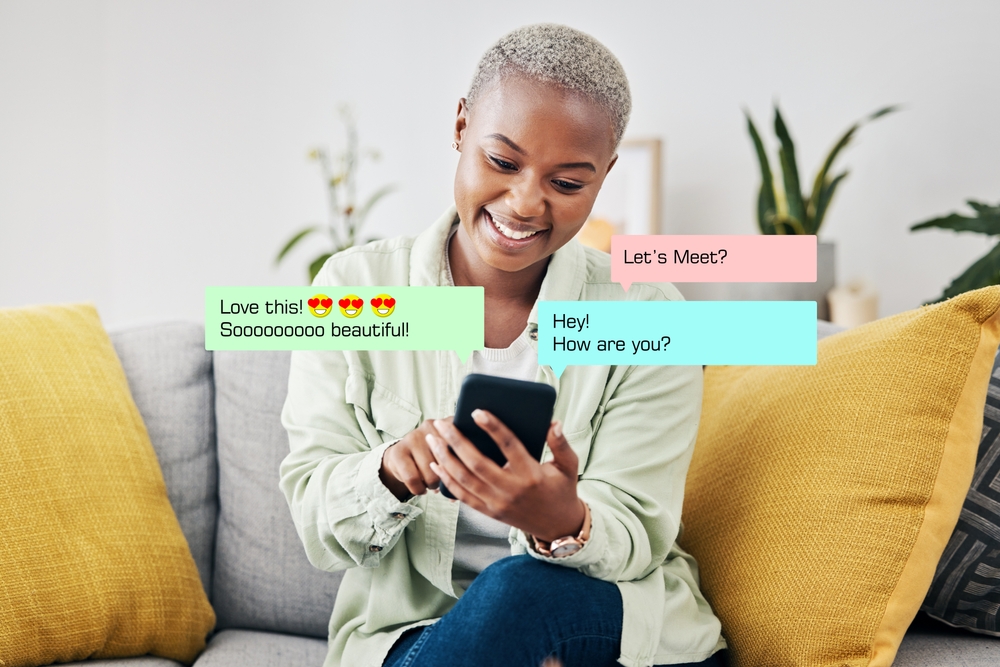In today’s digital landscape, the evolution of human communication has taken an unprecedented turn. What once demanded carefully crafted letters and meaningful conversations has transformed into quick texts and instant messages, dominated by the ubiquitous presence of emojis. These digital symbols now serve as a universal language, breaking down cultural and geographic barriers in ways traditional communication never could.
Each day, users send more than 10 billion emojis across digital platforms, making them one of the most widely adopted forms of modern expression. A simple heart or thumbs-up carries meaning across continents, bridging linguistic gaps in our increasingly connected world. This shift represents more than just a trend; it marks a fundamental change in how humans express themselves in the digital age.
The declining weight of words
The rapid pace of contemporary life has accelerated this shift away from traditional emotional language. Digital conversations now favor speed and convenience over depth and nuance. This transformation reached a notable milestone when Oxford Dictionaries named an emoji – the face with tears of joy – as their Word of the Year in 2015, signaling a significant cultural shift in how we communicate.
This preference for quick, symbol-based communication comes with significant trade-offs. While a laughing emoji might convey basic amusement, it lacks the rich context and emotional depth found in written expression. The result is often a flattening of emotional nuance in our daily interactions, leading to potential misunderstandings and superficial connections.
The impact extends beyond casual conversations. Professional communications, once characterized by careful word choice and detailed expression, now frequently include emojis as shortcuts for complex emotions. This shift raises questions about the long-term effects on workplace relationships and professional development.
The hidden cost of digital shortcuts
Behind the convenience of emoji-based communication lies a growing emotional disconnect. Users increasingly rely on these symbols to navigate complex emotional territories, often masking their true feelings behind standardized icons. This practice can create a dangerous gap between expressed and actual emotions, potentially leading to decreased emotional intelligence and authentic connection.
In workplace settings, the overuse of emojis can lead to serious miscommunications. A simple thumbs-up emoji might mean different things to different people, ranging from enthusiastic agreement to passive acknowledgment. These ambiguities can create challenges in professional relationships and team dynamics.
The convenience of emoji communication also affects personal relationships. Friends and family members might find themselves settling for quick emoji reactions instead of engaging in meaningful dialogue. This pattern can gradually erode the depth of personal connections, replacing genuine emotional exchange with surface-level interactions.
The psychological implications
Research indicates that heavy reliance on emojis may affect emotional development, particularly among younger generations. As children and teenagers grow up in an emoji-dominated world, their ability to express complex emotions through language might become limited. This trend raises concerns about future generations’ capacity to handle nuanced real-world interactions where detailed emotional expression is crucial.
The psychological impact extends to adults as well. Regular use of emojis as emotional shortcuts can lead to a reduced emotional vocabulary and decreased ability to articulate complex feelings. This limitation can affect mental health, as the ability to express emotions clearly is crucial for psychological well-being.
Finding balance in modern communication
The solution lies not in abandoning emojis but in striking a meaningful balance between digital convenience and authentic expression. To maintain genuine connections in our screen-dominated world, consider these strategies:
Take time to reflect before defaulting to emoji responses. Consider whether your message requires more detailed expression to convey its full meaning.
Reserve face-to-face conversations for meaningful discussions where tone and facial expressions matter most, as these interactions build stronger emotional bonds.
Practice mixing thoughtful written responses with complementary emojis rather than letting symbols stand alone, allowing for both efficiency and depth in communication.
Engage in open-ended questions and detailed responses to maintain deeper connections in digital conversations, fostering more meaningful relationships.
The future of communication depends on our ability to embrace innovation while preserving the depth of human expression. While emojis offer valuable shortcuts in our fast-paced world, they should enhance rather than replace the rich tapestry of emotional language that defines human interaction. As we move forward in this digital age, finding ways to maintain authentic emotional expression while adapting to new communication tools remains crucial for preserving meaningful human connections.
This story was created using AI technology.









